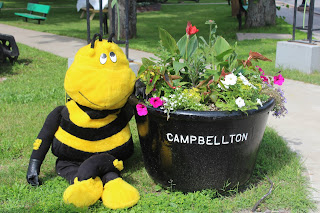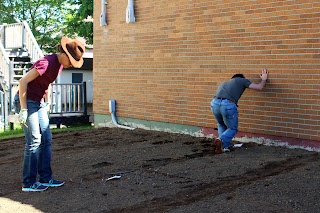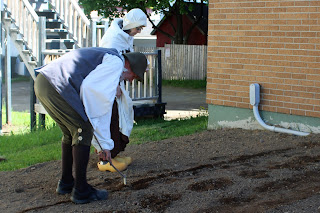I was at the Galerie Restigouche Gallery the other night and among other topics, I was asked when is the best time to get seeds started indoors. The person asking the question was eager to get going but also wise enough to know it was too soon.
Tomatoes seeds need 8 to 10 hours of sunlight daily in order to germinate properly indoors. If they do not get adequate sunlight the stalks will grow as they reach for the sunlight. I have seen this effect in the greenhouse which does not get enough light to grow tomatoes properly.
The plants grew tall as they stretch themselves towards the sun but the fruit was undersized and took too long to turn red.
Tomatoes are a heat loving plant. However, for indoor seeding, they prefer a lower night temperature of between 10 and 16-degree C or 50 to 60 F. This temperature range helps the plants grow strong.
Some suggest that running your hands lightly over the plants will also result in stronger plants.
Be careful with watering the seeds, especially during the germination period. Too much water at this stage can cause a fungal disease which will kill the plants.
Different seeds, whether they are beans, peas, carrots or spinach, for example, may require a different germination temperature.
Beans will not germinate in a cool soil. They demand that the soil temperature be higher than 16 degrees C or 60 degrees F. It takes time for the soil to warm to this temperature. Remember simply because the air feels warm does not mean that the soil is warm enough to plant.
People have had to replant seeds because they put their seeds into the ground too soon. The seeds rot, the potential crop is gone and disappointment sets in. However, if this does happen do not quit. It is usually possible to plant new seeds and still get a good crop.
Keeping an eye on how the seeds are doing and record the time they begin to emerge from the soil. The record provides a guide for next year’s garden.
A soil thermometer is a good way to know what temperature the soil is. However, gardeners who have been planting in the same area for a number of years also have a sense of when it is time to plant out.
I mentioned above recording the progress of the seeds you have planted. If you are new or have only been gardening for a few years, I suggest you keep a planting journal. What did you start indoors when did you move them outdoors? What did you direct plant outdoors? Be sure to keep records for both seeds and seedlings both should be recorded?
























